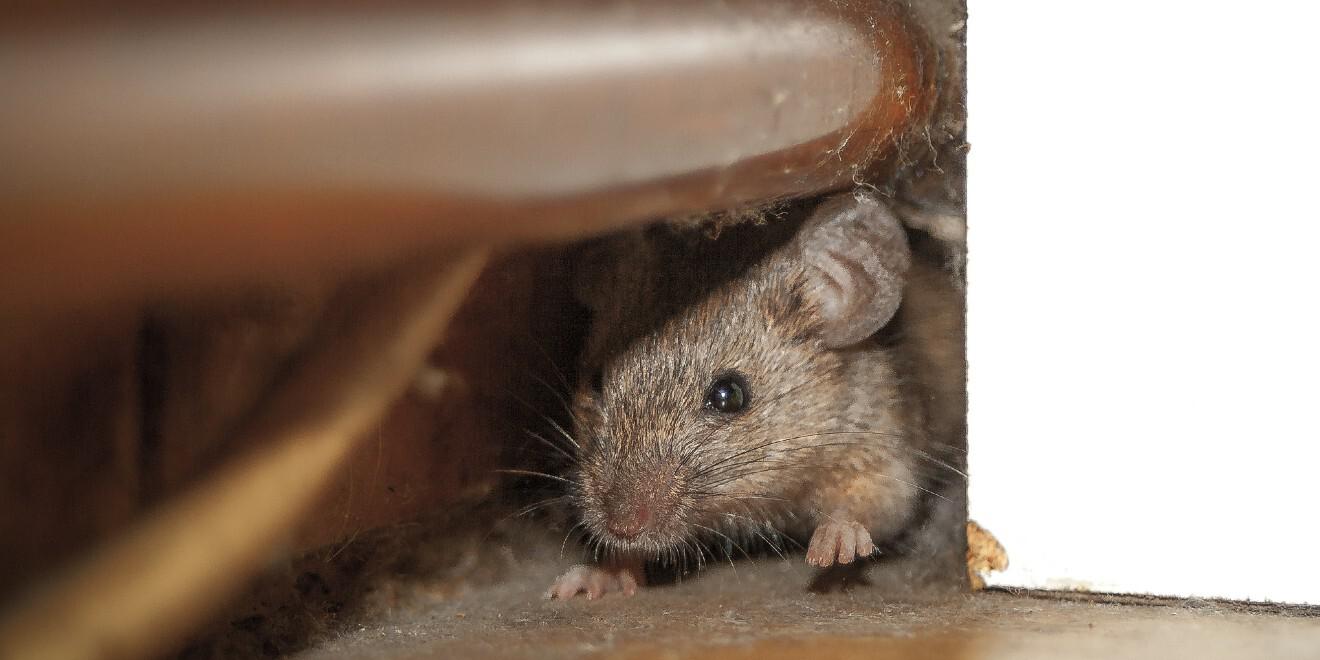Xeriscaping
Posted by Mosquito Squad
December 19, 2023

Xeriscaping is landscaping designed to use less water. It comes from the Greek word xeros, which means dry, referring to its importance in arid or semi-arid climates, although the uninitiated sometimes pronounce it "zeroscaping."
A yard designed with xeriscaping principles can be every bit as interesting, lush, and beautiful as a conventionally designed yard, it will just use a fraction of the water. More and more, residents of Central Texas are beginning to understand the importance of using less water in our landscaping, as we experience years of drought more and more frequently,.
The principles of xeriscaping include planning and design, soil improvement, practical turfs, efficient irrigation, use of mulch, drought tolerant plants (native and adapted),and maintenance. We are lucky here in the Austin and Central Texas area that we have so many wonderful drought tolerant plants to choose from.
The first part of any landscaping project is planning, and this is especially important with xeriscape design. Things to consider are how the yard is used, shade, drainage, slope, sun exposure, and aesthetics. Think about how you intend to use your yard; play areas for children, lounging areas, pools or water features, wildlife or bird areas, vegetable gardens, and other uses. Shade and sun exposure can define what kinds of plants will work in your yard. Drainage can be managed to use for rain gardens, or to otherwise provide water for growing. Finally, design a yard that pleases you.
Soil improvement is the next step. Here in Central Texas, soils are variable, with deeper, heavier clay soil east of I35 in Austin (and the Edwards Plateau) and thin caliche out towards the west. This can make any sort of gardening difficult. Good soil has organic matter that helps retain moisture, loosens the soil so that water can be absorbed, and adds nutrients. Have your soil tested at the beginning of the project. Local extension services provide free testing kits for residents. Most plantings here will require that the soil be worked to several inches deep and organic matter added.
The next consideration is appropriate turf. Here in the Austin area, the standard landscaping grass has been St. Augustine, but this is changing. St Augustine is not particularly drought tolerant, and is not greatly suited for the climate. There are lots alternatives out there, and a lot has been written about the advantages and disadvantages of each. Part of xeriscaping is rethinking the usual bright green lawn that we are used to seeing. Limiting turf grass to a smaller area can actually make it a focal point for a front yard. Another alternative is replacing grass with drought resistant ground cover.
Irrigation is the next element of the landscape. Assessing each area will give you an idea of how much water might be needed. Efficient irrigation can mean drip irrigation, appropriate timing for watering, using rainwater and drainage to water plants, hand watering and low pressure sprays. Mulch is also critical for keeping the water where it is needed. In addition to hardwood, mulch can be gravel, river rock or other materials. Mulch helps retain water in the landscape, and helps cool the soil.
For me, plant selection is the most fun of any landscaping project. Choosing native and adapted plants helps reduce water needs. Also recognizing the types of plants needed for different conditions and use areas. A sunny spot in a bird garden will have different plants than a shaded foundation planting. Choosing a variety of heights, textures and colors will make for a more interesting design. We have wonderful nurseries and a wide variety of plants available here. Some of my particular favorites are butterfly bush, rock rose, American beautyberry, antique roses, larkspur, and columbine.
The final consideration is appropriate maintenance. There are many maintenance issues that will help your landscape conserve water. Allowing the grass to grow several inches tall before cutting is the most obvious, but there are several other options. These include pruning at the right time of year, not stressing plants with over pruning, controlling weeds and top dressing your plants with compost. When you mow your grass, do not cut more than one third of the length.
Additionally, there are some important matters to remember here in Austin. Currently every water district in the area has some sort of water restrictions in place. In many cases, this means no new landscaping is allowed, due to the water considerations of new plants. It may also mean that there are incentives for adding xeric plantings and rain barrels, or fines for overwatering. Many of us also live in homeowners associations. Recent changes in Texas law mean that HOAs cannot outlaw xeriscaping, but they can limit it. Before undertaking any landscaping project, make sure all the proper approvals are in place.
I would love to see pictures of your xeriscaped yard! Feel free to send them to austin@mosquitosquad.com.















